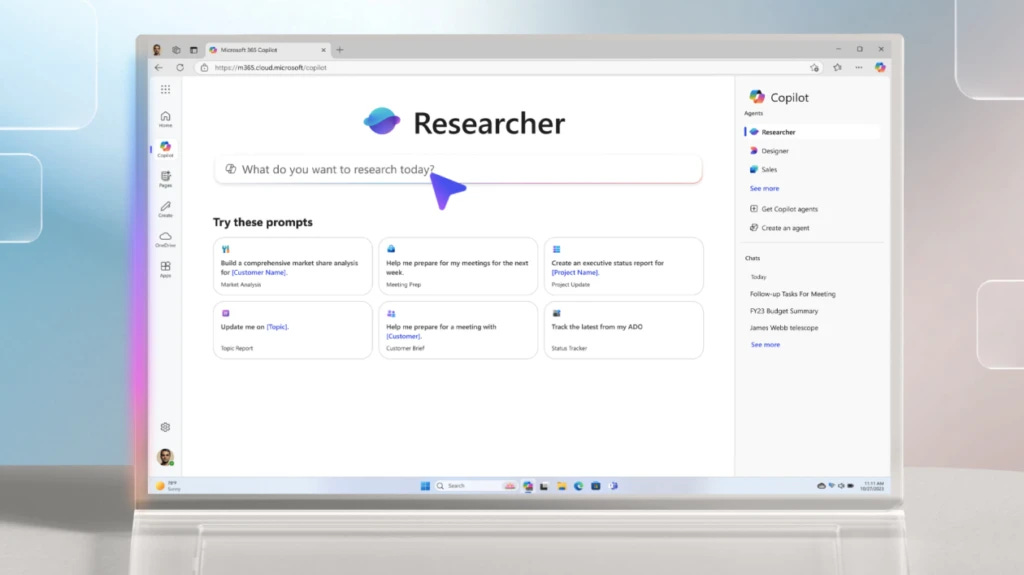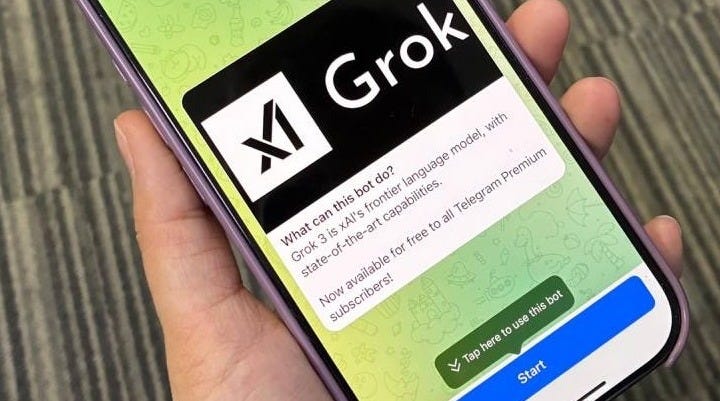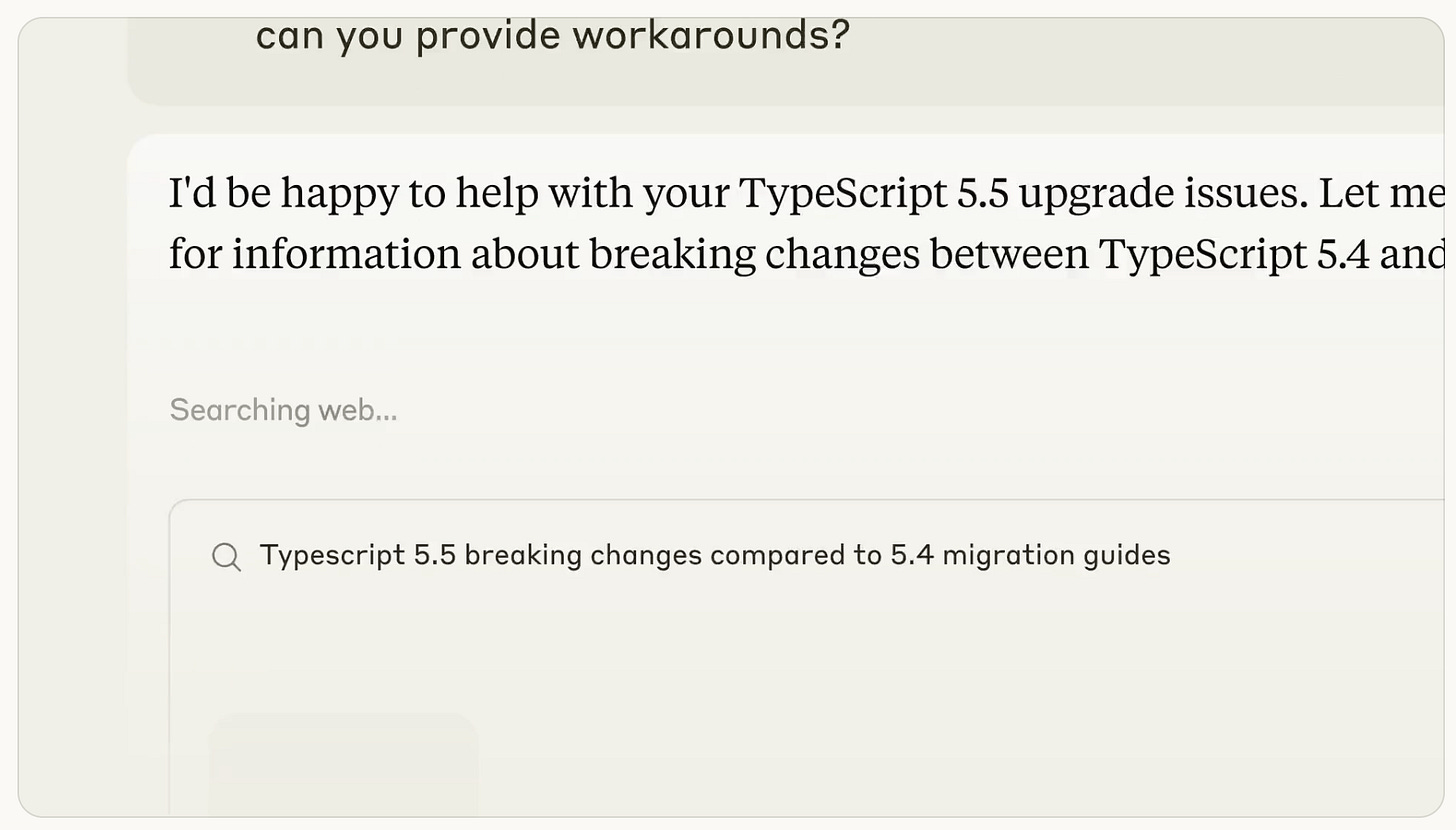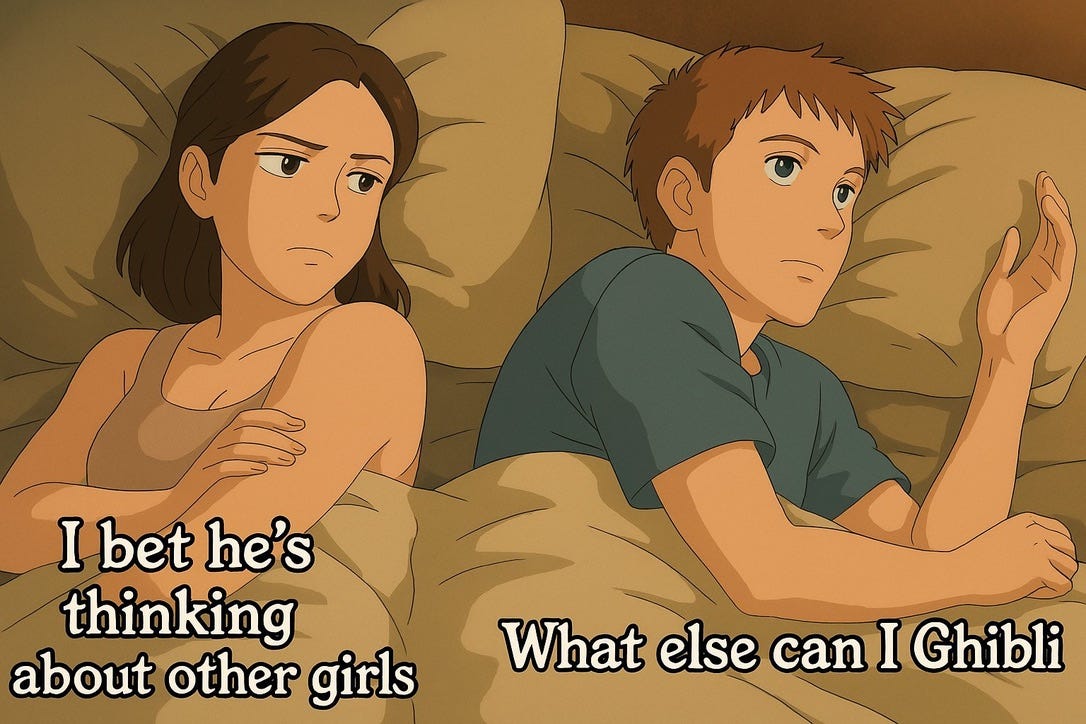OpenAI & Google vs Photoshop | Weekly Edition
PLUS HOT AI Tools & Tutorials
Hello and welcome to our weekly roundup!
Ghibli, Ghibli, Ghibli… Just when we did a post on creating and editing images with AI, we got a knife in the back from Sam Altman.
OpenAI has updated ChatGPT with the Image Generation feature. So now the company's GPUs are “melting,” and the entire internet has turned into characters from Hayao Miyazaki animated films.
Let's discuss it.
But you should still check out the post. There are a lot of tools & use cases:
This Creators’ AI Edition:
Featured Materials 🎟️
News of the week 🌍
Useful tools ⚒️
Weekly Guides 📕
AI Meme of the Week 🤡
AI Tweet of the Week 🐦
(Bonus) Materials 🎁
Your advertisement could be featured here!
Sponsor a spot in our newsletter to connect with subscribers interested in AI, technology, and startups. For inquiries, click the button below.
Featured Material 🎟️
OpenAI & Google vs Photoshop

So, there were two major events related to AI and image generation. We'll start with the more significant one. OpenAI has introduced 4o Image Generation.
This is a big update that goes beyond creating primitive pictures with DALL-E. The new feature understands how text relates to visual content, has much more input data, and allows users to make spot edits. Well, and it just generates images better.
You can use it to:
Combine different images and photos
Change styles and backgrounds
Edit small (or large) sections of the images
Add and replace text on photos.
And much more. It all depends on your imagination and tasks. All you need to do is be a ChatGPT Plus or Pro subscriber. (Free users will get access later)
But as you've probably noticed, the imagination of the whole internet is limited to the Ghibli-style characters. Can't blame them; I've also created a couple.
The bottom line is that with this release, OpenAI has closed the need for Photoshop for most users. And the remaining part (professional designers, marketers, and so on) were either very impressed or scared.
Even OpenAI was surprised to see such a strong reaction. Altman said on X that their GPUs are melting because of request numbers.
Now, you can prepare a physical product shot with several prompts, draw a logo and icons for your app, or generate unique assets for motion design or a video game.
And what's funny is that it's not just OpenAI that has hit this area lately.
Keep your mailbox updated with key knowledge & news from the AI industry
Google Actually Was The First
One important point has gotten a little lost behind the hype around ChatGPT. In the same month, Google also launched a new Image Editor feature that allows you to generate and edit visual content. And it did so a couple of weeks ahead of OpenAI.
Google released an update for its Gemini 2.0 series, bringing native image generation. This update lets you generate high-quality pictures from text prompts and engage in conversational editing.
To avoid repeating myself, I'll just say that the new Gemini model does the same thing as ChatGPT. At the time of release, this solution had no analogs, so we devoted much time to it in our post about image editing with AI.
Earlier this week, I was testing Gemini. And the last 24 hours I spent embracing image generation from OpenAI. During this time, I realized that we are dealing with a major milestone in developing AI models.
We definitely have a lot to talk about more thoroughly. So now we are preparing a new post that will cover use cases, features, and hacks for 4o image generation.
See you on Monday!
News Of The Week 🌍
Google Unveils Gemini 2.5 Pro
Google unveiled Gemini 2.5, its newest AI model designed to enhance problem-solving through improved reasoning and coding skills. The Gemini 2.5 Pro Experimental version leads in math, science, and programming benchmarks and supports a one-million-token context window. It is now available on Google AI Studio and the Gemini app, with Vertex AI integration set for a future release.
If you want to understand all aspects of the Gemini ecosystem, we have a suitable post on this topic: https://thecreatorsai.com/p/gemini-the-complete-guide-to-googles
OpenAI Embraces MCP to Streamline Data Integration
OpenAI has decided to adopt the Model Context Protocol (MCP), an open-source standard promoted by Anthropic. Sam Altman confirmed that MCP support will soon appear in products such as the ChatGPT desktop app and the Agents SDK, with plans to add it to the Responses API later. This change will let developers link their applications to external data sources and tools using one consistent interface.
MCP really reduces the need for custom solutions.
Learn more about it here:
Microsoft Adds Deep Research Tools to Copilot
Microsoft has introduced its Deep Research to Microsoft 365 Copilot. Like tools from OpenAI, Google, xAI and many others, it allows you to use reasoning models to create detailed reports on various topics with links to original sources. In Microsoft's case, the tool is divided into two: Research and Analyst.
The first combines OpenAI's deep research model with “advanced orchestration” and “deep search capabilities.” And the second is built on OpenAI's o3-mini reasoning model and is “optimized to do advanced data analysis.” Copilot subscribers can try the feature now.
Looks like we'll have to remake the Deep Research post soon. It's still relevant, though:
Sharing is caring! Refer someone who recently started a learning journey in AI. Make them more productive and earn rewards!
Grok AI Lands on Telegram
Grok's user base has just grown noticeably. Elon Musk's AI chatbot has officially integrated with Telegram, a messenger with a total audience of 1 billion people. Of this number, all Telegram Premium subscribers will have access to the new xAI model. As for the integration approach, Grok works like other Telegram bots. The interface looks like you're messaging one of your contacts.
Meta Expands AI Capabilities
Meta unveiled new AI features powered by the Llama 3.2 model across its platforms. Meta AI now speaks and answers questions via Messenger, Facebook, WhatsApp, and Instagram DM. It also analyzes photos shared in chats, providing information and editing capabilities like adding or removing elements. In addition, imagine features expand, so you can now create AI images for profiles and Stories.
Business was also not left out. Enterprises received improved AI tools for customer support and ad creation, with positive click-through and conversion rate results.
Useful Tools ⚒️
Alice 3.0 – AI Automation tool that talks to Make, Zapier & your API
Keyla.AI - Create video ads in minutes
R2R – Deep Research agents for your data via API (GitHub)
Supametas.AI – Make any data RAG-ready in seconds
Claude Web Search — One of the best chatbots finally works with actual data
One of my favorite tools has received a significant update. Claude can now search for information for you on the web. Considering that this is one of the best models for writing and coding, I recommend everyone to give it a try. Developers say the feature will be handy for sales teams, analysts, researchers, and shoppers.
For now, it's only available for paid users. As soon as that changes, we'll let you know.
Share this post with friends, especially those interested in AI stories!
Weekly Guides 📕
Cursor AI Tutorial: Build a Full Stack App with AI in 30 Minutes
The AI Productivity Stack: 27 Tools That Actually Deliver ROI
How I Use AI to Run My Business Like a CEO
INSANE Python & JavaScript AI Voice Agent - Full Tutorial
Vibe Coding 101 with Replit (Free Course)
AI Meme Of The Week 🤡
AI Tweet Of The Week
Yeah, kind of.
(Bonus) Materials 🏆
Sam Altman on the future of AI | ReThinking with Adam Grant
I Opted Out of AI Training. Does This Reduce My Future Influence?
How Software Engineers Actually Use AI
I Quit Google Search for AI—and I’m Not Going Back
Share this edition with your friends!











